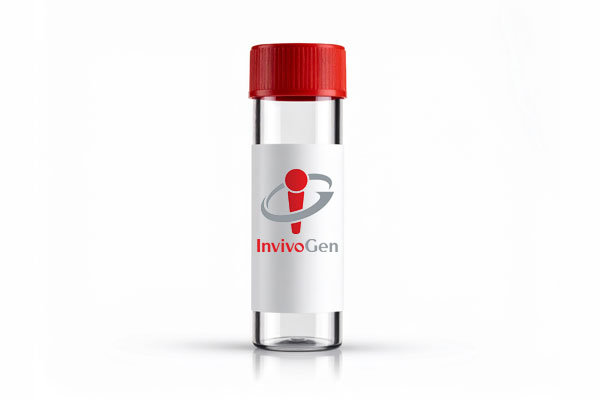
pCpGfree-OVA
-
Cat.code:
pcpgf-ova
- Documents
ABOUT
OVA-expressing CpG-free plasmid
pCpGfree-OVA is a plasmid completely devoid of CpG dinucleotides. It expresses a synthetic OVA gene, a CpG-free allele of the ovalbumin (OVA) gene constructed by chemical synthesis.
This plasmid is designed for DNA immunization experiments in animal models. This plasmid possesses dual functions; it can be used as a DNA vaccine carrier for antigen presentation, and as an immune-stimulative adjuvant [1].
Reference:
1. Miura N. et al., 2015. A KALA-modified lipid nanoparticle containing CpG-free plasmid DNA as a potential DNA vaccine carrier for antigen presentation and as an immune-stimulative adjuvant. Nucleic Acids Res. 43(3):1317-31.
Disclaimer: This product is covered by a Limited Use License (See Terms and Conditions).
All InvivoGen products are for internal research use only, and not for human or veterinary use.
SPECIFICATIONS
Specifications
DNA immunization experiments
Plasmid construct is confirmed by restriction analysis and full-length open reading frame (ORF) sequencing.
CONTENTS
Contents
-
Product:pCpGfree-OVA
-
Cat code:pcpgf-ova
-
Quantity:20 µg
- E. coli GT115 strain provided lyophilized on a paper disk
- 1 ml of Zeocin® (100 mg/ml)
Shipping & Storage
- Shipping method: Room temperature
- -20°C
- Avoid repeated freeze-thaw cycles
Storage:
Caution:
DOCUMENTS
Documents
Technical Data Sheet
Safety Data Sheet
Certificate of analysis
Need a CoA ?